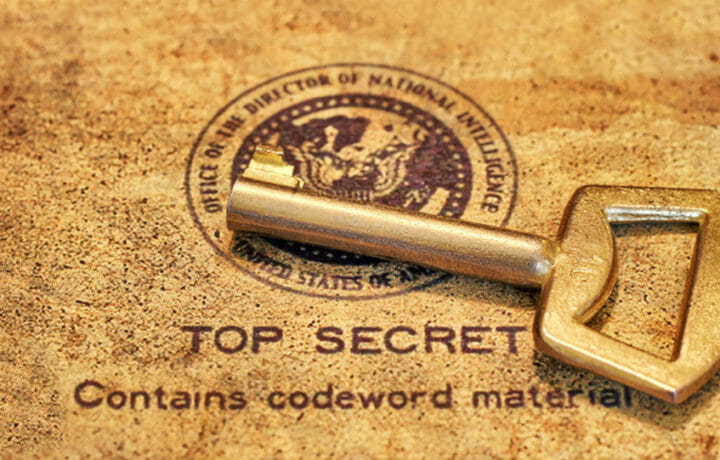When it comes to obtaining a security clearance, many individuals often encounter confusion about how to navigate this crucial process. Our goal at ClearanceJobs is to demystify the cleared journey for candidates. Watch Content Manager Katie Helbling’s update on the latest steps to getting (and keeping) a security clearance, and check out our guide below.
Understanding Security Clearances
A security clearance grants eligibility to access classified information. It’s important to understand that you can’t independently apply for or purchase a security clearance; you must be sponsored by a government agency. Whether you’re aiming to work for the federal government or a government contractor, your employer is the key facilitator in this process.
The Basic Steps:
- Securing Employment: The first and most essential step is to obtain a job that requires a security clearance. Only with a cleared job can the clearance process begin.
- Clearance Application: Following employment, your employer will initiate the clearance procedure if they determine your role requires access to protected information.
Types of Security Clearances
There are three primary levels of security clearances: Confidential, Secret, and Top Secret. Each level corresponds to the degree of sensitivity of the information accessible. The federal investigative standards currently include a five-tiered system (Tier 1 to Tier 5) to handle these clearances, which align with the type of clearance required.
Reforms and Changes: Trusted Workforce 2.0
The Trusted Workforce 2.0 overhaul is a significant reform aiming to streamline the clearance process. The changes include reducing the investigative tiers from five to three. This realignment means that the tiers will more correspond to the three clearance levels.
Eligibility and Maintaining a Clearance
To be eligible for a security clearance, you must:
- Be sponsored by a government agency or a qualified employer.
- Be a U.S. citizen.
A common misconception is that a clearance is retained indefinitely once granted. However, the government controls the validity of a security clearance, which typically remains active for two years after leaving a position requiring classified access. If you transfer to another cleared role within that period, your clearance may be reinstated, provided your last investigation is still valid.
Continuous Vetting and Reinvestigation
The shift from periodic reinvestigations to a continuous vetting model is another pivotal aspect of the Trusted Workforce 2.0 initiative. This model employs automated checks across various databases and a self-reporting initiative, replacing the former episodic reviews.
The Bottom Line
Obtaining a security clearance is a critical step for many positions within the national defense and security sectors. Despite the complexity and rigor of the process, understanding the correct pathways and recent reforms can significantly ease the journey.




